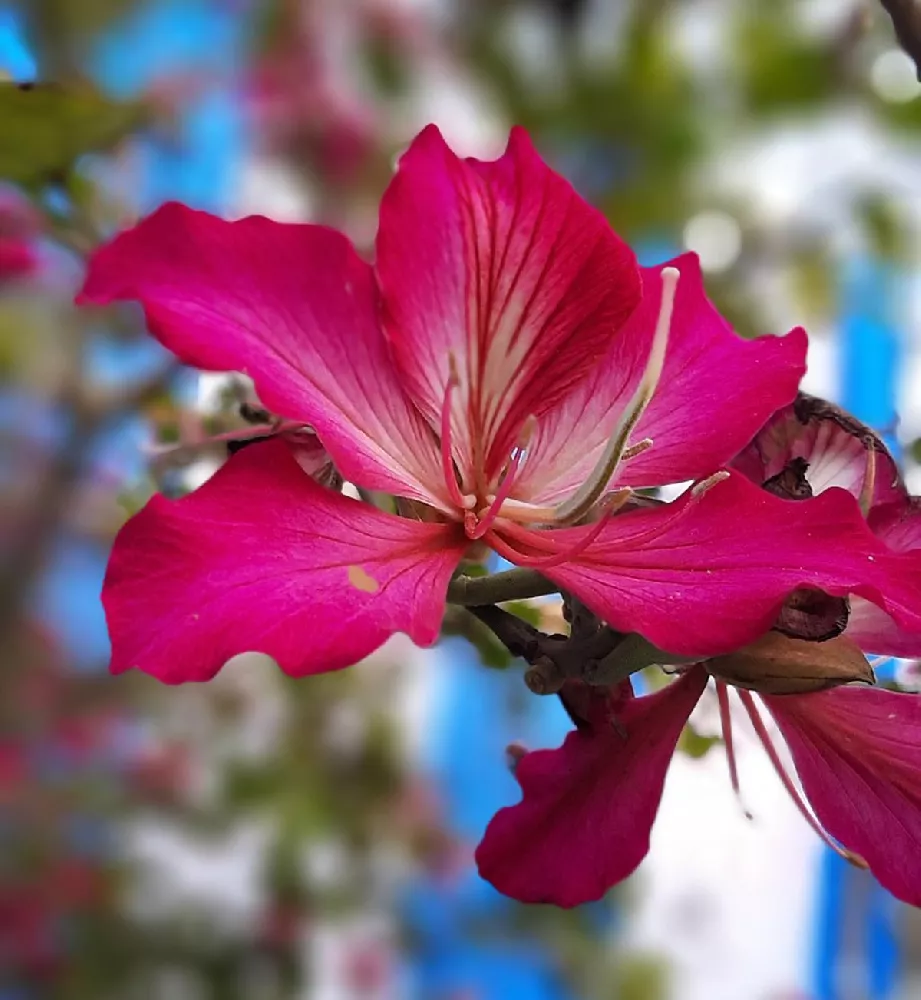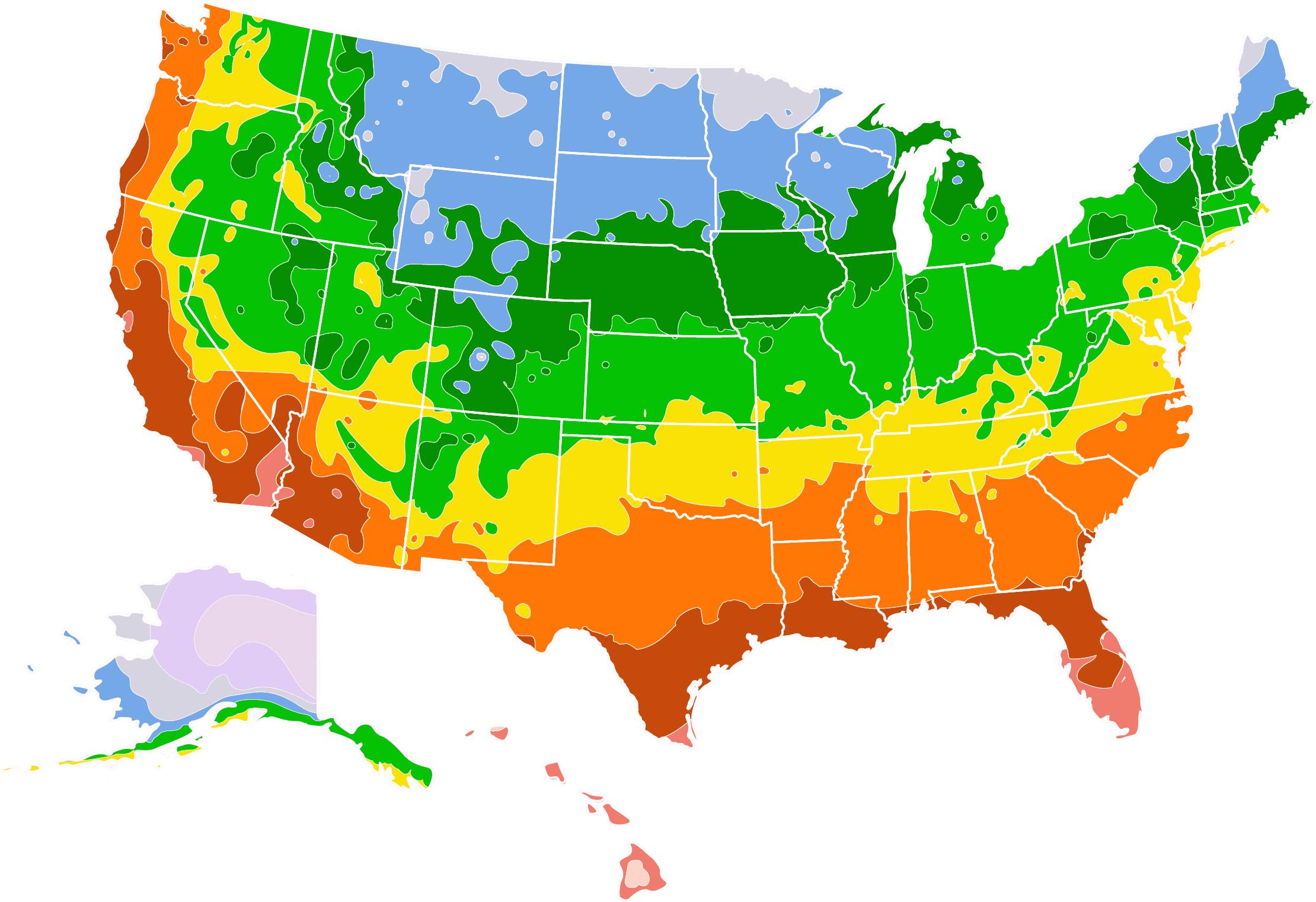Hong Kong Orchid Tree for Sale - Buying & Growing Guide
The Hong Kong orchid tree, Bauhinia blakeana, is well-named. Its spectacular 6-inch blooms do resemble orchid flowers, but they last for far longer — up to five months if the tree is healthy. Flowers begin to bloom in November or December, at a time when there's not much else in bloom, making them a good choice as a focal point in a front garden. But that's not the only reason to love this warm-weather favorite. The Hong Kong orchid tree grows up to 35 feet tall and wide, and it has a rounded canopy that makes it suitable for use as a shade tree. Here are a few other reasons to plant this lovely tree:
- The Hong Kong orchid tree grows well in multiple soil types, including both clay and sandy soil.
- It needs little care, and once established, is drought-resistant.
- It remains a reasonable size when grown as a patio plant in northern climes.
Enter your zip code to find nearby stores that may carry this plant.
Plant Care
Sunlight

The Hong Kong orchid tree can tolerate some shade, but it grows best where it will get eight hours or more of sun a day.
Watering
Water whenever the soil 2 inches below the surface seems dry. Hong Kong Orchid trees are somewhat drought-tolerant.
Fertilizing

Fertilize in spring, summer, and fall with a slow-release product designed for landscape trees.
Planting and Care
Planting instructions
Select a site for your Hong Kong orchid tree that drains well and is at least 8 to 10 feet away from driveways or sidewalks. Dig a hole that’s twice as wide as the root ball and a little shallower. Unpot the plant and tease out any encircling roots, which can girdle the tree and slowly kill it. Place the sapling in the hole so that the root flare, where roots meet the trunk, is just above the soil grade. Holding the tree upright, fill in around it with good soil, tamping down as you go to eliminate air pockets. Water deeply, then spread an organic mulch, such as bark chips, around the root zone.
Watering and nutrients
For the first year, water your Hong Kong orchid tree roughly twice a week unless you receive rain. Once the tree is established and growing well, ease back on the supplemental watering. You can check to see if it needs water by digging down 2 inches near the root zone. If it seems very dry, give it a watering. Container-grown plants may need more frequent watering. Fertilize your tree three times during the growing season with a slow-release fertilizer that is designed for landscape trees and shrubs.
Pollination
The Hong Kong orchid tree’s flowers are sterile, so they are not pollinated and produce no seed pods. The tree is propagated by cuttings or air-layering.
Pruning
The Hong Kong orchid tree doesn’t need extensive pruning. Prune out dead or diseased branches whenever you see them. When the tree is young, you can do a light pruning after the flowers fall to help shape the canopy. Other than that, you should not need to prune the tree for it to develop a full, vase-shaped canopy.
Pests, diseases, and animals
Hong Kong orchid trees may experience pests such as borers, various caterpillars, and mites. A general organic insecticide may help if the problem is severe, but a healthy tree should be able to fight off infestations fairly easily. The trees may also experience diseases such as leaf scorch and leaf spot, which is a fungal disease that can be avoided by careful watering. Avoid getting the leaves and trunk wet when you water, and water early in the day so that foliage dries off quickly.
Achieving maximum results
If you live north of Zones 9 through 11, you won’t be able to grow a Hong Kong orchid tree in your garden, since it is only hardy down to 30 degrees Fahrenheit. That doesn’t mean you don’t get to enjoy this pretty tree, though. These easy growers adapt well to containers and thrive on a patio during the summer months and in a bright window during the winter. You may need to do some additional pruning to keep the tree to a reasonable size. You’ll also want to monitor the root zone to make sure the tree is not getting too big for its pot. Judicious pruning of the roots may help keep the tree smaller, or you can repot in a larger container if it becomes root-bound.
FAQs
Does the Hong Kong orchid tree lose its leaves?
Although it is considered evergreen, the tree may lose some or all of its leaves during colder weather. The leaves should return when the weather warms up. If you are expecting a light frost, you can protect a smaller Hong Kong orchid tree by throwing a blanket or tarp over the tree the evening before, and removing it in the morning. With container-grown plants, bring them inside if your temperatures are cold enough for frost, or below 30 degrees.
Are Hong Kong orchid trees messy?
Although generally easy to care for, Hong Kong orchid trees do shed their leaves occasionally, and they drop their flowers in spring. For this reason, it's best not to plant the trees too close to a driveway or sidewalk to avoid creating slippery conditions. Having said that, they are no messier than any deciduous tree that loses its leaves annually.
How big does a Hong Kong orchid tree get?
Hong Kong Orchid trees max out at 20 to 40 feet, unless they are grown in a container, which will constrain them to shorter proportions. The trees have a wide canopy, which is as wide around as the tree is tall in many cases. During the tree's younger years, you can control the height and the shape of the canopy through pruning, although generally it will form a neat, umbrella-shaped canopy with little pruning help.
Compare Similar Products
You can't add more Product Name - Product size to the cart.
OK








